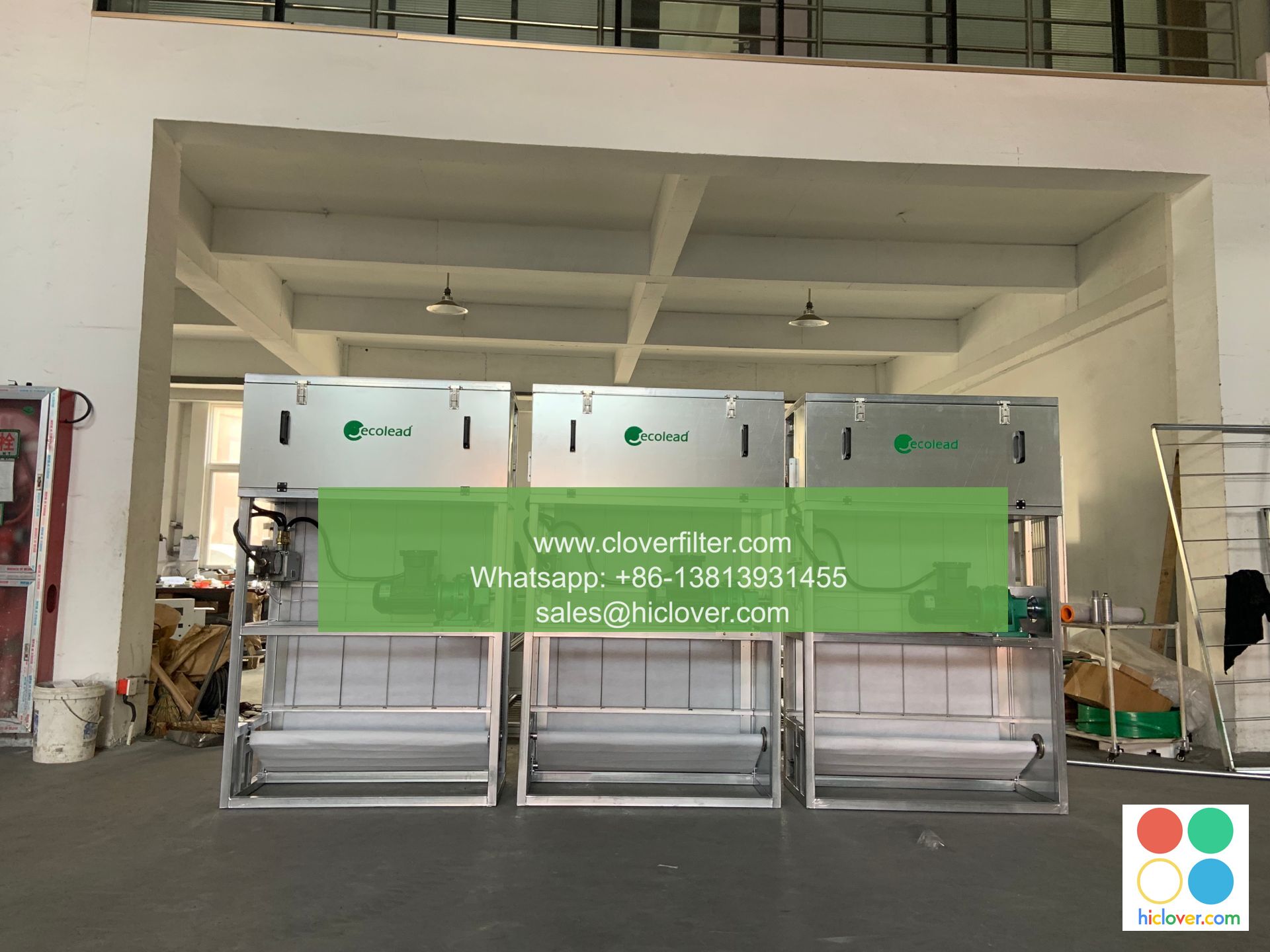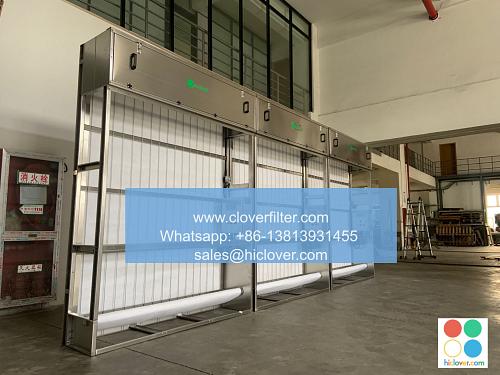Air Filter Sizing: A Guide

Air filter sizing is a critical aspect of ensuring the optimal performance and efficiency of heating, ventilation, and air conditioning (HVAC) systems, as well as air purification systems. Properly sized air filters can help improve indoor air quality, reduce energy consumption, and prolong the lifespan of equipment. In this article, we will delve into the world of air filter sizing, exploring its importance, key considerations, and various application areas, including residential, commercial, and industrial settings.
Why Air Filter Sizing Matters
Air filter sizing is essential for several reasons:
* Improved Indoor Air Quality (IAQ): A correctly sized air filter can capture airborne contaminants, such as dust, pollen, and other pollutants, more effectively, leading to better IAQ.
* Increased Energy Efficiency: A properly sized air filter can reduce the energy consumption of HVAC systems, as it allows for optimal airflow and minimizes pressure drops.
* Extended Equipment Lifespan: A well-sized air filter can help prolong the lifespan of equipment by reducing the strain on motors, fans, and other components.
Key Considerations for Air Filter Sizing
When selecting an air filter, several factors must be taken into account to ensure proper sizing:
* Airflow Rate: The air filter must be able to handle the required airflow rate, which is typically measured in cubic feet per minute (CFM).
* Filter Size and Shape: The air filter must fit the designated space, taking into account the length, width, and thickness of the filter.
* Filter Type and Efficiency: The type of air filter, such as HEPA, activated carbon, or electrostatic, and its efficiency, measured by MERV (Minimum Efficiency Reporting Value), must be considered.
* System Requirements: The air filter must be compatible with the specific HVAC system, including the fan coil, blower, and ductwork.
Application Areas for Air Filter Sizing
Air filter sizing is crucial in various application areas, including:
*
Residential Air Filter Sizing
: In residential settings, air filter sizing is essential for maintaining good IAQ, reducing energy consumption, and prolonging the lifespan of HVAC equipment. Common residential air filter sizes include 1-inch, 2-inch, and 4-inch filters.
*
Commercial Air Filter Sizing
: In commercial settings, such as offices, restaurants, and shopping centers, air filter sizing is critical for maintaining a healthy and comfortable indoor environment. Larger air filters, such as 6-inch and 12-inch filters, are often used in commercial applications.
*
Industrial Air Filter Sizing
: In industrial settings, such as manufacturing facilities and warehouses, air filter sizing is vital for maintaining a safe and healthy working environment. Larger, custom-sized air filters may be required to accommodate the unique needs of industrial applications.
Conclusion
In conclusion, air filter sizing is a critical aspect of ensuring the optimal performance and efficiency of HVAC systems, as well as air purification systems. By considering key factors, such as airflow rate, filter size and shape, filter type and efficiency, and system requirements, individuals can select the right air filter for their specific application, whether it be residential, commercial, or industrial. Proper air filter sizing can lead to improved IAQ, increased energy efficiency, and extended equipment lifespan, making it an essential consideration for anyone looking to maintain a healthy, comfortable, and sustainable indoor environment. Prompt

